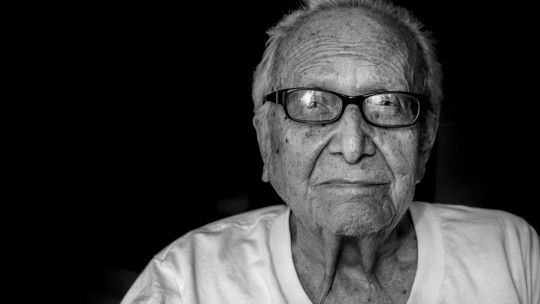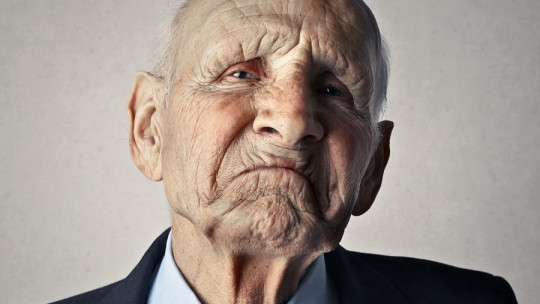
It is increasingly clear that, in many countries, “ageism” can prevent the enjoyment of a full adult life. But what is ageism? This phenomenon happens when age relegates many people to second place, and can take very subtle forms that harm our society more than we think.
In today’s article we talk about ageism and how it affects us socially to the point of becoming a global problem.
What is ageism and how can it harm society?
The phenomenon known as “ageism” is based on a series of prejudices about aging, and stands as one of the most subtle discriminatory ways in today’s world.
The root of these prejudices lies in the high regard that youth has in our society, which is established as a crucial value, and makes the treatment of not-so-young people often inadequate. All this results in an impoverishment of the physical and mental health of the elderly and, therefore, also in their quality of life. Various studies have concluded that ageism leads to greater isolation, loneliness, less economic security and (most worryingly) a greater number of premature deaths.
In Spain, according to the 2019 report of the Democratic Union of Pensioners and Retirees of Spain (UPD), 26.7% of the elderly feel that they have been discriminated against because of their age either by not being taken seriously or by being, outright, ignored.
Ageism is becoming more widespread and “normalized,” not only in the attitude of citizens, but also in institutions and even in legislation. All of this not only entails moral and social harm, but also economic harm, since, according to an Australian study, if the percentage of people over 54 years of age who can access work increased by 5%, no less than 48 million would be generated each year. of Australian dollars.
What are the causes of ageism?
Given such information, it is necessary to ask what the causes of ageism are. Below we detail some of them, argued by some of the experts in this field.
First, we have the “fear of dying,” which we see reflected in the elderly person. According to this theory, the elderly would remind us that life is finite, in addition to showing that aging comes to all of us, without exception. And it is “logical” that a world like ours, in which death is an absolutely taboo subject, gives so much importance to youth and living without aging.
On the other hand, the capitalist system has a lot to do with this type of discrimination, as gives value to the young man without a partner, since it is seen as the best guarantor of production. From the perspective of capital, then, older people have “nothing to contribute”, and a clear stereotype is thus created that greatly affects this sector of the population.
Some forms of “subtle” ageism
Of course, this is not a simple topic, and the ways in which this ageism can be appreciated are varied; from language (at a micro level) to the limitation of the elderly in social institutions (macro level). Next, we present some ways of “subtle” ageism:
1. Elderspeak
It is part of micro-ageism; It is a form of children’s communication towards the elderly such as speaking slower or louder and the use of affectionate but inappropriate terms.
2. Difficulty getting around
Very often, towns do not have adequate infrastructure for the elderly, a fact that limits their movement and autonomy.
3. Difficult access to work
This is perhaps one of the best known. Early retirements, for example, are a clear indication of this, since older people have much more experience and They are discriminated against because of their age and the high salary that this experience entails Other forms of ageism in the workplace are the preference for young people when hiring or the existence of mandatory retirements.
4. Poor visibility
The elderly rarely appear in the media, advertising or cinema. This is due to the concept that our society has of old age: a period of life that is not very “aesthetic” and lacks attractiveness. This is a consequence, of course, of a world that bases its principles on image.
Linked to this issue is the misconception that older people cannot have sex or cannot fall in love, since, at their age, they “no longer need it.”
5. Excessive control
It is connected with infantilism, since Older people are often considered incapable of leading a full and autonomous life despite being in full possession of his faculties, both mental and physical.
6. Health field
Ageism promotes depression in the elderly and, therefore, limits their quality of life and shortens their life expectancy.
Conclusion
To conclude, we can say that, although it may not seem like it, ageism is present in our society in very subtle ways that can undermine the mental and physical health of the elderly. Underestimating their abilities and treating them as if they were not capable of directing their lives can have a very negative impact on their daily lives even leading to depression and premature death.
To conclude: we must keep in mind that ageism not only harms the elderly today, but also harms the young, since they will be old one day. If ageism is perpetuated, the same people who promote it will be the targets in the future.








